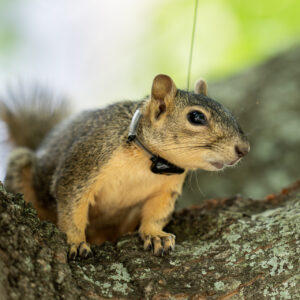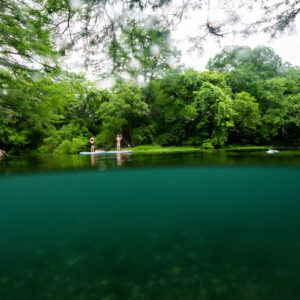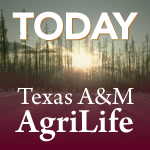Bagous affinis Hustache
[Coleoptera: Curculionidae]
Biology | History | Status | Management | Weeds | Literature | Links
Bagous affinis is very small weevil ranging from 2.8 to 4.4 mm in length. Most B. affinis are black and grey with evident scales.
This weevil is lays eggs on rotting wood and other organic matter. Larvae hatch and burrow through the sediment until they encounter a hydrilla tuber. Larvae complete their life cycle while feeding on the hydrilla tuber and destroy the tuber in the process. The major drawback of this weevil in biological control is that it requires receding waters to grow well. Thus, situations where the shoreline is intermittently flooded or lake drawdown is practiced is required for the weevil to develop. This has made it a very difficult species to establish in many areas of the United States where hydrilla is found primarily in lakes.
This weevil, was discovered in Pakistan and India while investigations were underway for the biological control of hydrilla. In 1987 the U.S. Army Corps of Engineers released Bagous affinis in southern Florida (Buckingham 1988). A summary of the releases and recoveries in Florida is found in Center et al. (1991). The weevil was first released in Texas in 1993 at the Sheldon Reservoir in Harris county.
- Bagous affinis is known to feed only on Hydrilla.
Buckingham, G. R. 1988. Reunion in Florida – Hydrilla, a weevil, and a fly. Aquatics 10(1): 19-25, illus.
Center, T. D., F. A. Dray, Jr., and W. C. Durden. 1991. Release and Establishment of Insect Biocontrol Agents for Hydrilla Control. Waterways Experiment Station, MP A-91-3.
O’Brien, C., and H. R. Pajni. 1989. Two Indian Bagous Weevils (Coleoptera, Curculionidae), Tuber Feeders of Hydrilla verticillata (Hydrocharitaceae), One a Potential Biocontrol Agent in Florida. Florida Entomologist 72(3): 462-469.





